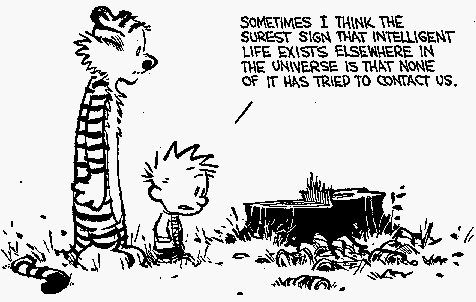When my daughter was 18 months old a never-ending series of ear infections prompted her pediatrician to recommend temporarily implanting tubes in her ears. As the date of the procedure neared I grew increasingly frustrated with that prescription, particularly after hearing of so many other parents battling the same problem with their own children. What was going on? Why were all these perfectly healthy children having plastic tubes shoved into their ears?
Conducting some research of my own, I discovered that the tubes could lead to hearing loss and other side effects, and most important, learned from a friend that there was a very real possibility that cow’s milk was the culprit behind my daughter’s recurring ear infections (turns out enzymes in cow’s milk can lead to the kinds of bacterial infections plaguing children). So we took her off dairy and, within days, the ear infections went away never to return.
Later, while looking into it even further, I read something that immediately crystallized the issue for me: Humans, it turns out, are the only species on Earth that weens its offspring from their own mother’s milk only to turn around and put them on the milk of a different species. How had the bizarreness of this situation never occurred to me?
To me this story offers an important glimpse into why so many of us remain trapped in a never-ending cycle of on-again, off-again suffering. By taking as gospel everything our brains tell us, we set ourselves up to blindly follow conditioned thinking. Most children, for example, are raised to respect authority figures, meaning we are apt to listen to the doctor who prescribes ear tubes. Or, the psychiatrist who presses antidepressants into our hands. We are as carpenters with a single tool at our disposal, imagining that everything can be done with a hammer (the brain).
Rarely does it occur to us to stop and, yes, using that same brain, call into question what the brain is advising. Consider, for example, how often you’ve shaken your head at the ignorant behavior of someone else and thought, “Geez, why can’t he see what he’s doing?” The answer, of course, is he’s marching to an unseen drummer – a lifetime’s worth of conditioned thinking that paints the picture in colors familiar only to him. But then, don’t we all?
Early in my agonies of early 2006 I recall more than once feeling a desperate urge to “run from my brain,” to escape the thoughts that plagued me like a cloud of angry mosquitoes. The suicide leaps from a bridge precisely because he “can’t take it anymore.” Can’t take what? The thoughts being produced by his own mind.
For reasons unclear I reached a turning point where I’d had enough of the suffering thing. I was no longer interested in temporary salves, in making the pain go away only to have it return. Like tubes in a child’s ears the idea that suffering was somehow an immutable, inextricable part of life seemed insane to me. Why? What was the point of suffering? Living in India as a child I witnessed the most horrific suffering. Again, why? To what end did so many suffer so much?
Most important: What was the nature of suffering itself? What does it mean to suffer? Your mate leaves you. A child dies. Cancer strikes. Your life savings are lost in a market crash. What does it mean to suffer in such instances? These were important questions that, in my rush to “get better,” I’d never really bothered to ask. Now it was time.
So while I could not escape my brain, I could do the next best thing by disappearing into some remote desert canyon and eliminate as many mental distractions as possible. I wanted to have an honest conversation with this character named “Doug” and get to the bottom of why so much of his life felt painful. My mind would play the roles of both plaintiff and defendant with the secret hope that the judge would at last show him/her/itself. That was the plan anyway.



[…] To be continued…. […]